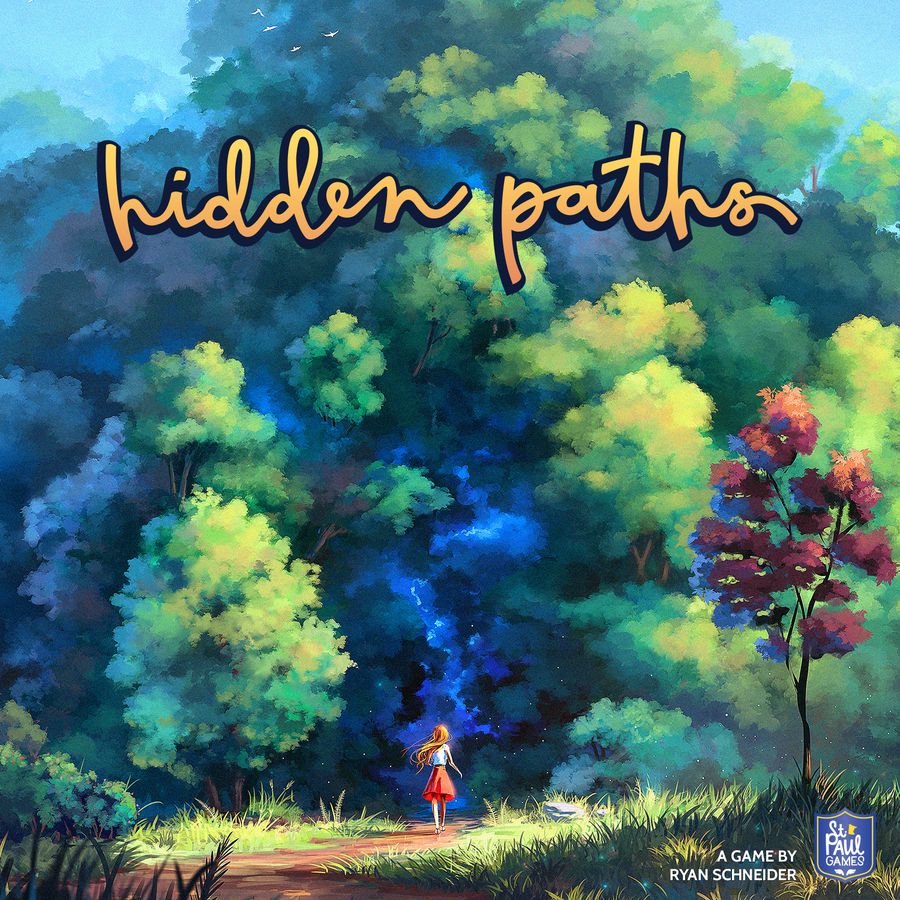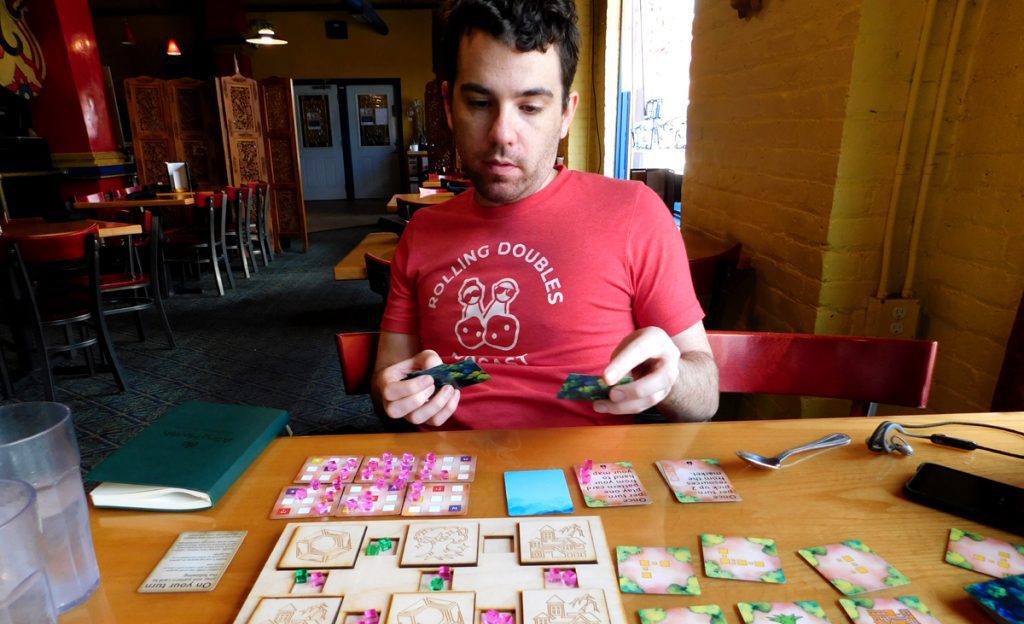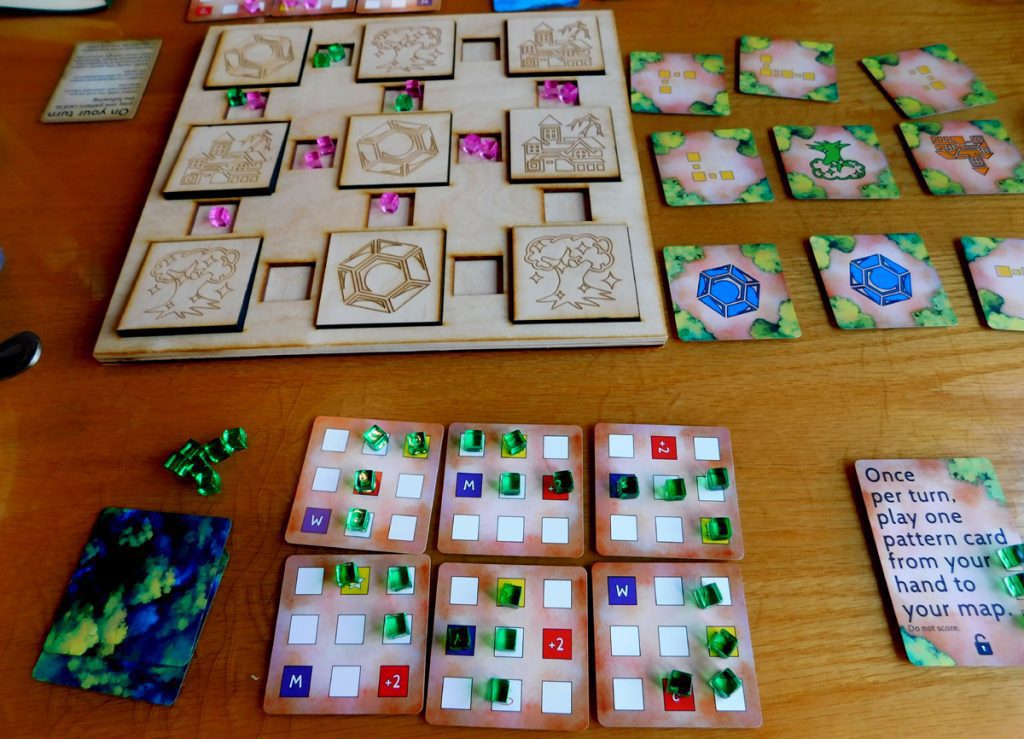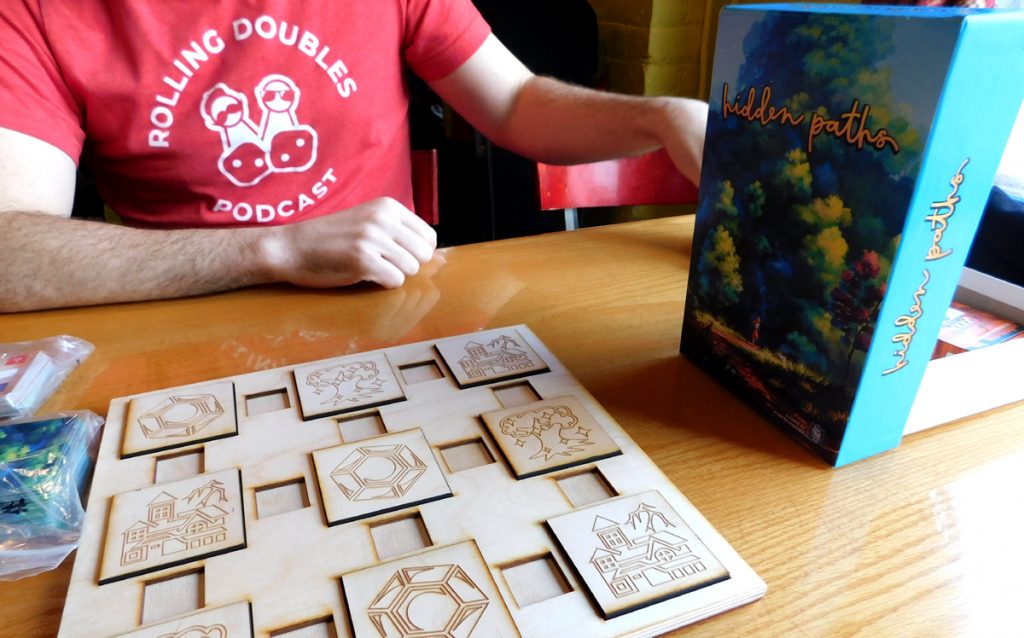Taking a Walk
If you’re ever in Minneapolis and the weather is bearable, do yourself a favor and visit the Stone Arch bridge.
It curves its way lazily across the Mississippi River, forming a gentle contour just a stone’s throw from where Highway 35 slashes its way across. But unlike the highway, this bridge is meant for those who want to take their time.
It begins in a park on the north side—which park I couldn’t tell you, as there are several sprawling their way across the bank under the watchful gaze of new apartments slipped into old facades. This used to be one of the city’s booming mills, now renovated for the next generation. If you want, you can park farther away and walk down cobbled streets or dirt paths as you make your way to the bridge itself.

Once you begin to cross you quickly find yourself above the steadily flowing river—first the swirling eddies that catch and curl at the shore, and soon the broader, stronger portion of the river that rushes by dark and deep and unending. You’ll have plenty of time to take in the sights as you walk: not only is the river a calming sight, but ahead of you lays the sprawled cityscape of the Minneapolis downtown.
2,100 feet separate the calm of the park with the abruptness of the city. You’re near the Guthrie Theater and the Mill City Museum, among other things. Not far away is the stadium where the Vikings play and if you make your visit on a Sunday you may hear the roar of the crowds reverberating through the buildings, creating an unmistakable waypoint. Otherwise, if you walk a couple blocks into the city, you may instead find yourself at a small, unassuming Thai restaurant called Sawdatee, which is precisely where I found myself recently waiting to meet Ryan Schneider and get my first look at his game Hidden Paths.
The Background
Hidden Paths is not a game you’ll have heard of, nor was it one that was even on my radar until recently. It was random happenstance that put the cover art across my Facebook timeline some eight or so months ago, and as someone with a particular weakness for gorgeous art and nature themes I was immediately interested.
A little digging revealed that the image came from the page of a company called Saint Paul Games which, to the best of my knowledge, had not yet published anything. But, for those who don’t know, Saint Paul is one of the eponymous “twins” in the Twin Cities, with the other being Minneapolis. So since the company seemed to be in my own backyard I ventured a query.
“This game absolutely has my interest,” I wrote, going on to explain that I write board game coverage and that I would love to get a look at the game. I got a friendly note back explaining that there wasn’t a polished and playable version to show off yet, but that once there was he (Ryan) would reach out. And that was that.
For months I heard nothing and the game faded to the back of my mind as Con season hit in full force and my docket filled with titles from Origins and Gen Con. Until, one day, a message popped up on my Facebook from Ryan Schneider. “It’s ready,” he explained, “when do you want to see it?”
Which is how I found myself tearing up from the jalapenos in my wontons and sitting across from Ryan at Sawdatee with Hidden Paths sprawled out between us, attracting more than a few curious glances.

The Game
I’ll admit, as Ryan was setting up the game and talking me through the basics, I started to get that queasy, off-kilter feeling that usually precedes a game that’s too esoteric and complex for its own good. As he laid out the board, the inset pieces in the board, and then the “board” made of cards that goes next to the board I could feel my optimism waning. What was this noisy, sprawling thing in front of me and how did it come out of the beautiful, simple box that had originally caught my eye?
I know that I’ve already thoroughly buried the lead, so I’ll tell you now that if the game had been bad I probably wouldn’t still be writing—I’d have smiled my way through the meal, thought about it a bit, and pushed it to the bottom of the pile to likely be forgotten. But it was good, only it wasn’t until I had cards in my hand and we were several rounds deep that I realized it.

Hidden Paths is an incredibly difficult game to describe, which I say only after having typed and deleted five different paragraphs. This difficulty is endemic to the misgivings I had before playing. It seems like a much more complicated game than it is. Nothing about it looks intuitive and it’s only once the game is in progress that you realize it makes much more sense than you anticipated.
There are, depending on how you count it, three different boards to watch in Hidden Paths. There’s your personal board—made up of a couple of grid cards—where you place cubes to indicate the path you walk through the forest (earning bonuses along the way depending on how you place your cubes and what symbols you land on). Second, there’s the “board” made of face-up cards. Rather than drawing these cards from a deck, you use your own cards (featuring polyomino-esque shapes) to draw cards from this board into your hand based on that shape. Have a 3-unit line? You can play it to draw three cards from that “board” that are in a straight line. And lastly there’s the main board, the one real board in the game (for this prototype it was made of wood), and the most difficult one to explain.

On this primary board is a 3-by-3 grid made up of the central symbols of the game (houses, trees, gems) in randomized order. Between each of these is a smaller, empty area where players place tokens to indicate their path, tying these symbols together in patterns that, hopefully, match those they have in their hands. This central board is what ties the others together, and what makes the game both confoundingly-difficult to explain but also so clever and scintillating to play.
The nutshell version of how this works is as follows. You can play shape cards in your hands either to draw new cards, to lay down cubes on the center board, or to pick up your cubes from the center board—always following the pattern indicated on the card. So far, so simple. However, in order to pick up your cubes (which will then be placed on your personal board and score you points), you also need to play matching images (trees, houses, etc) from your hand to match those on the board that populate the path you’re trying to walk.
Yeah, it’s a mouthful. And even as I write it I’m aware that you’re probably sitting back, brow furrowed, trying to parse out the last six paragraphs. If you remember none of that, it’s fine, and if you take only one thing away from reading this piece it should be this: the game is good and it’s still being refined and improved.
In the Now
As it stands, Hidden Paths is a really sharp game that stuck with me for weeks after I’d played it, rattling around in my brain and tickling me with strategies I should have tried and tactics I didn’t think of in the moment. That alone, for a person who plays countless new and different games a month (many quickly forgotten), is perhaps the highest recommendation I can make for a title.

There’s still work to be done. As Ryan told me, the game was originally themed around orcs and high fantasy, and there’s still some awkwardness with the “theme” of taking a long walk on a beautiful day. Elements (like gems and, to a degree, houses) still feel discordant with the image conjured up by the box cover. And for a game that’s this abstract and this complex in appearance, I wanted the theme to work harder to smooth over those issues. “Here’s where you’re planning your walk” and “here’s where you gather information about the forest” would make thematic sense and go a long ways towards helping you understand the Inception-like table presence before you began to play.
Because, once you’re playing, the picture comes into focus and the game sings. There are a handful of publishers already looking at Hidden Paths, which didn’t surprise me at all as I could see it finding a home with dozens of different companies. Ryan hasn’t closed the window on self-publishing via Kickstarter, either, if that path makes the most sense.
And this is what I love about a game at this step, the time before it splashes onto the scene, hits the hotness lists, and becomes the talk of the cons. I love the potential. The feeling that something great is going to happen and the privilege of being able to witness it in its nascent form, on the verge of… well, that remains to be seen.












Add Comment